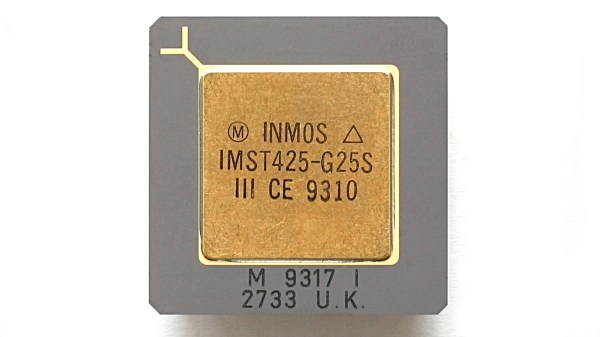Has anybody heard of the ATW800 transputer workstation? The one that used a modified Atari ST motherboard as a glorified I/O controller for a T-series transputer? No, we hadn’t either, but transputer superfan [Axel Muhr] has created the ATW800/2, an Atari Transputer card, the way it was meant to be.
The transputer was a neat idea when it was conceived in the 1980s. It was designed specifically for parallel and scientific computing and featured an innovative architecture and dedicated high-speed serial chip-to-chip networking. However, the development of more modern buses and general-purpose CPUs quickly made it a footnote in history. During the same period, a neat transputer-based parallel processing computer was created, which leveraged the Atari ST purely for its I/O. This was the curious ATW800 transputer workstation. That flopped as well, but [Axel] was enough of a fan to take that concept and run with it. This time, rather than using the Atari as a dumb I/O controller, the card is explicitly designed for the Mega-ST expansion bus. A second variant of the ATW800/2 is designed for the Atari VME bus used by the STe and TT models—yes, VME on an Atari—it was a thing.
Continue reading “Fancy Adding A Transputer Or Two To Your Atari ST?”





![An Inmos RAMDAC (the 28-pin DIP) on the motherboard of a 1989 IBM PS/55. Darklanlan [CC BY 4.0]](https://hackaday.com/wp-content/uploads/2019/03/ibm_vga_90x8941_on_ps55.jpg?w=400)










